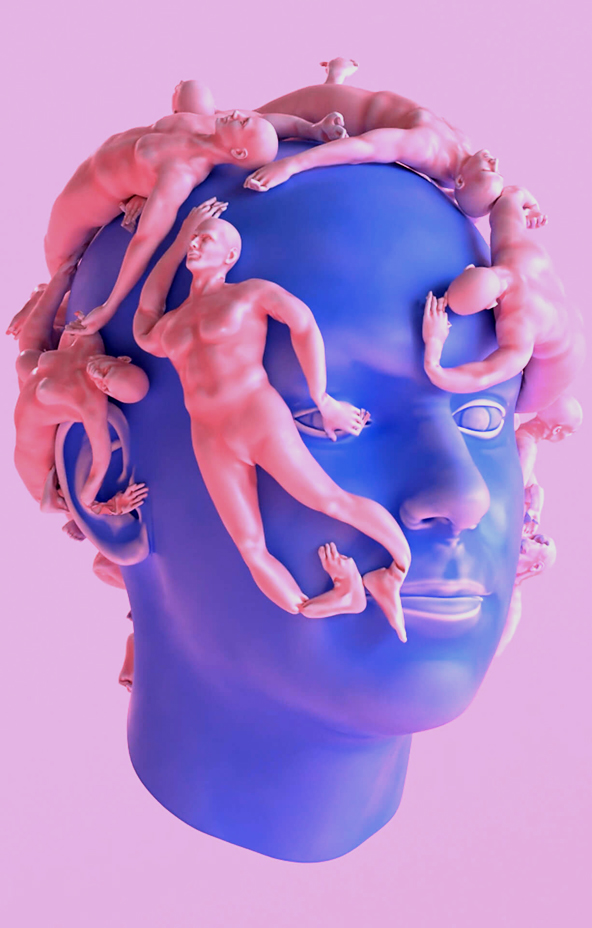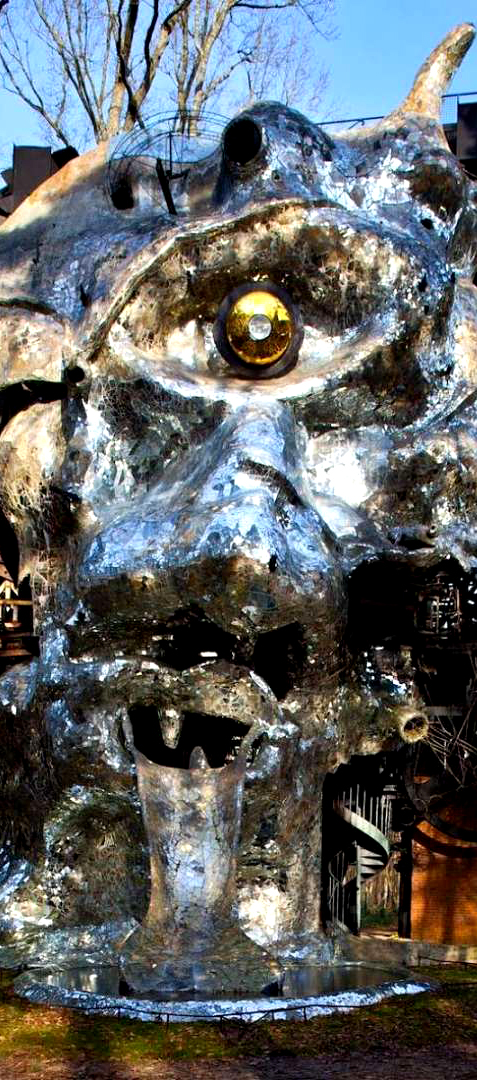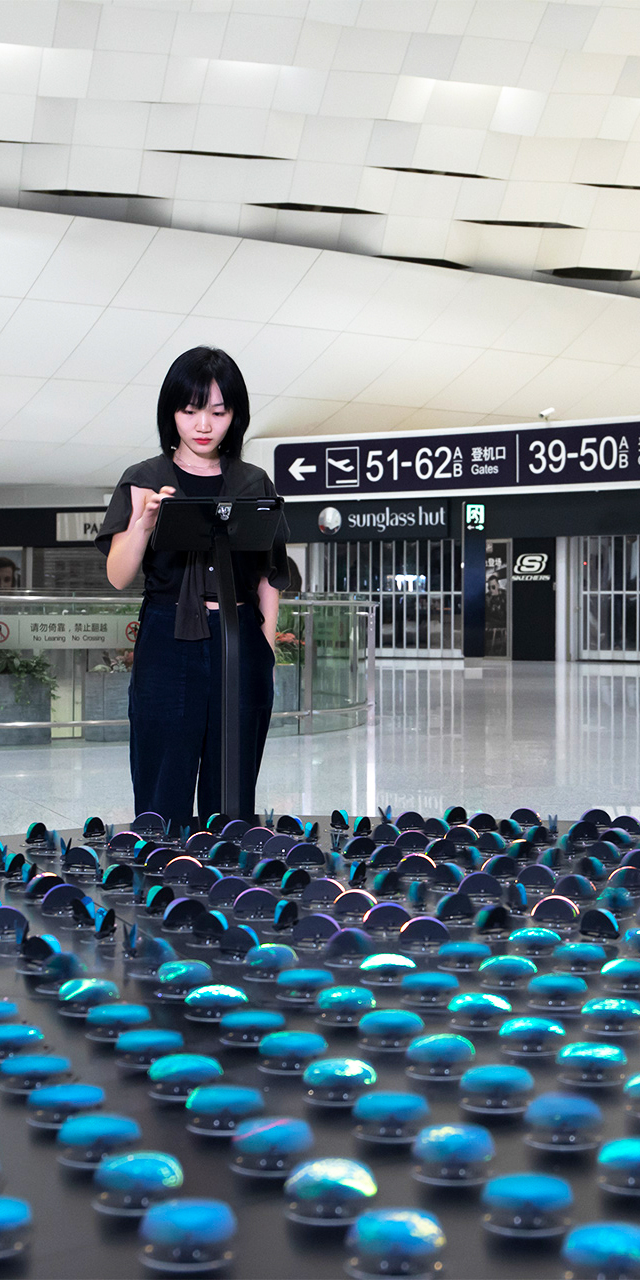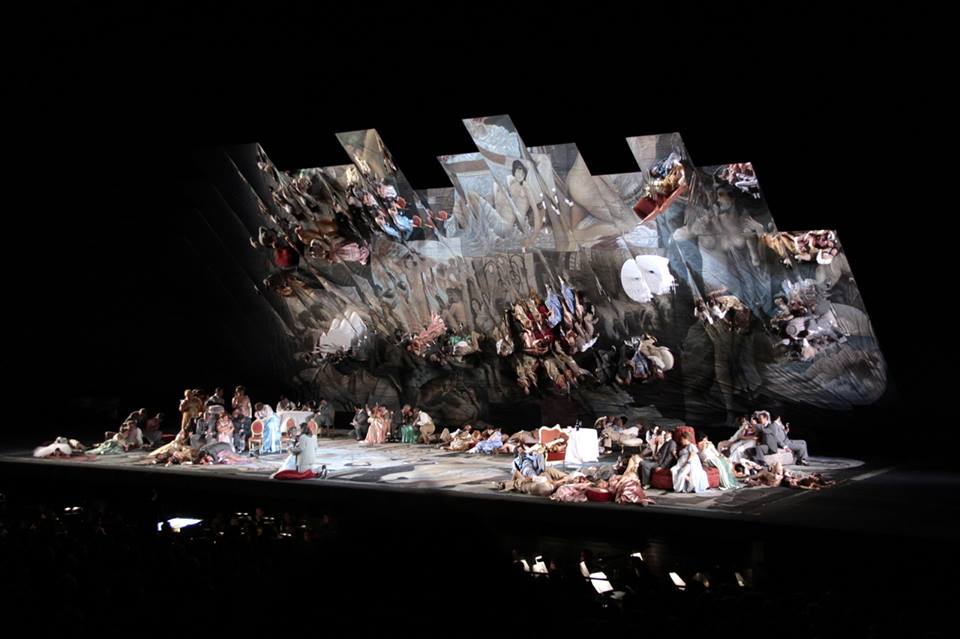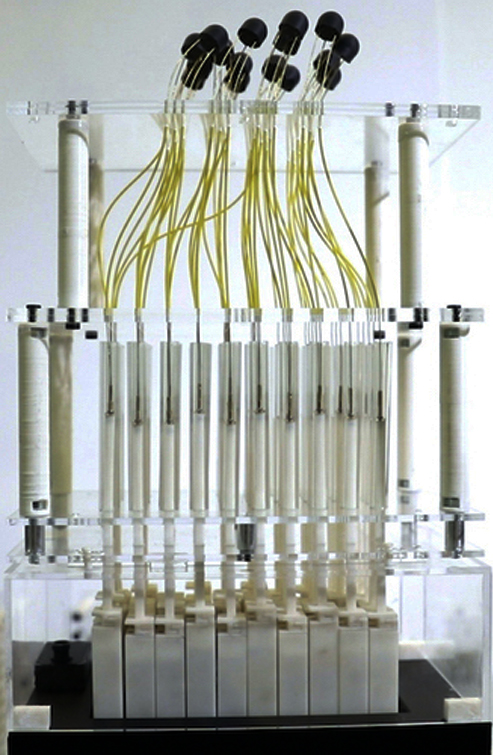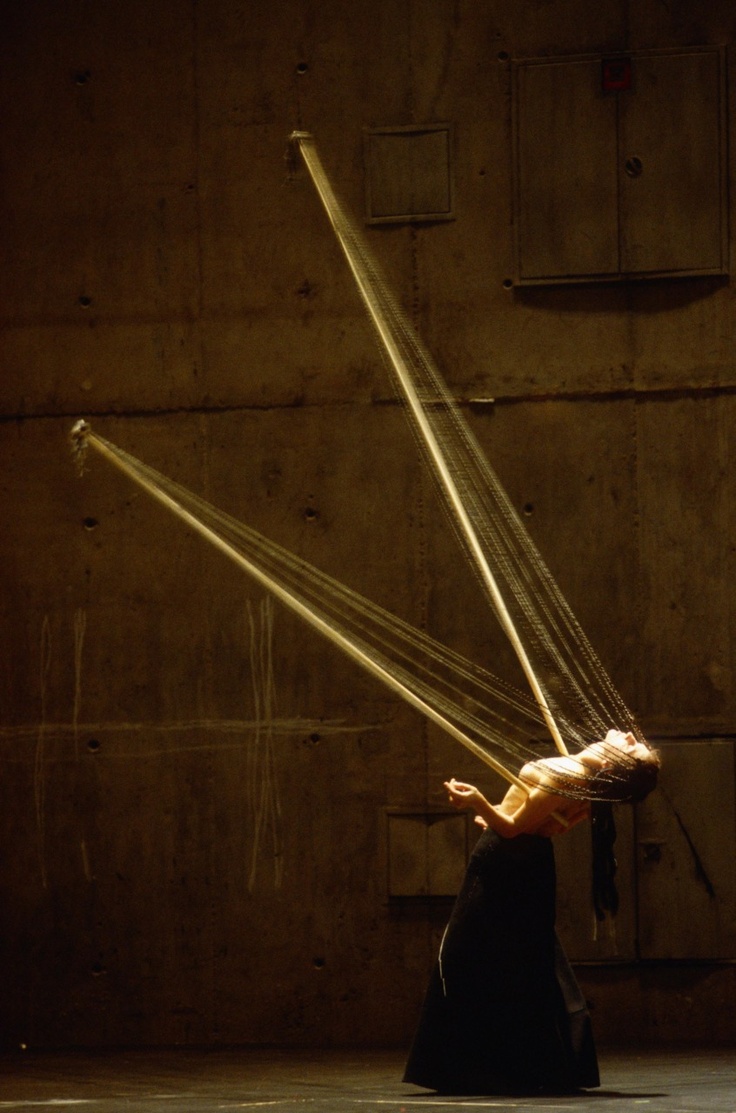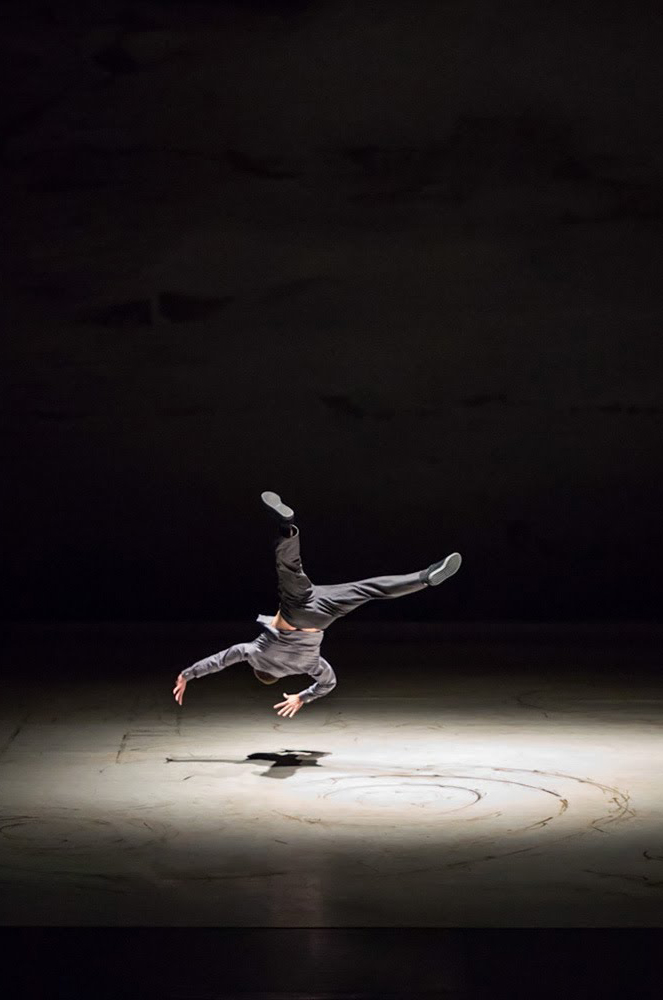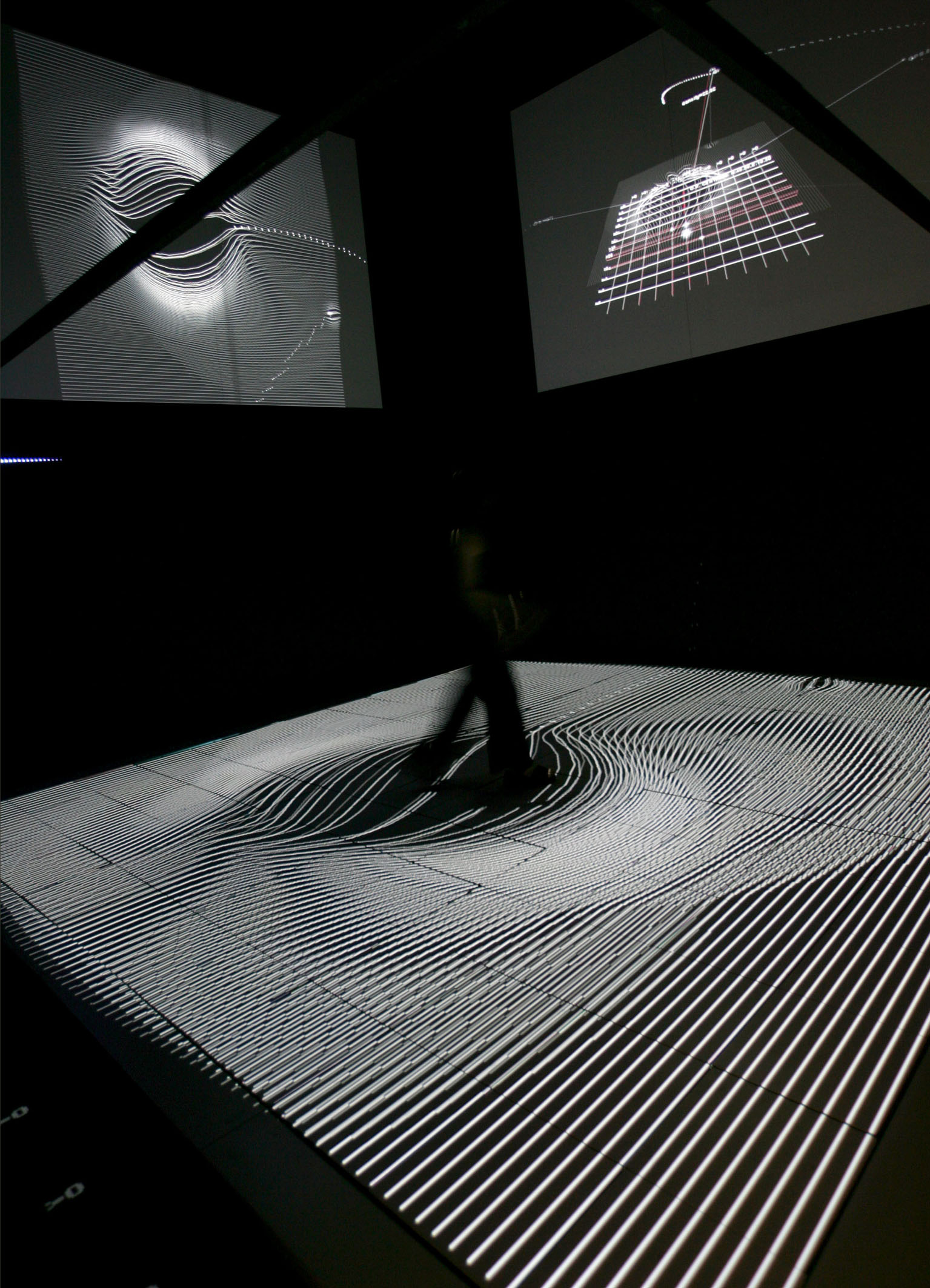让汤格利
ז’אן טינגלי
ジャン·ティンゲリー
장 팅겔리
Жан Тингели
Le Cyclop
jean tinguely and niki de saint phalle
Aux premiers abords, cette masse perdue dans la forêt de Fontainebleau m’a laissé assez sceptique. Je ne la trouvais pas forcément esthétique et elle n’a pas retenu mon attention. Et pourtant… Plus la vidéo avançait, plus cette installation permanente m’intriguait. Il faut préciser que c’est une oeuvre bruyante (grincements, roulements répétés de boules, mécanismes…) et qui interpelle le spectateur/visiteur par tous ses sens, il observe, touche, entend, sent, il est présent et peut participer. Le spectateur est donc acteur et c’est une caractéristique essentielle dans l’oeuvre.
C’est l’oeuvre de Jean Tinguely mais qui existe telle qu’elle est grâce à la contribution de plusieurs artistes comme Klein, Arman, César, Soto, Weber… Le Cyclop se parcourt à l’extérieur mais aussi par l’intérieur où plusieurs salles sont dédiées aux oeuvres des divers artistes souvent sculpteurs. Le visiteur est au coeur de la structure, constate et se questionne. La créature, qui est recouverte de milliers d’éclats de miroirs, contraste totalement avec l’environnement qui l’entoure. On a une construction plutôt moderne placé dans un paysage réel et vivant, ce qui fait ressortir l’oeuvre et lui donne toute son originalité. Cela m’intéresserait de me balader dans le bois-des-Pauvres et d’y trouver une création aussi riche et complète. J’ai l’espoir et l’envie de la voir et de pouvoir la parcourir par moi-même, un jour, peut être…

